2023 Vol. 38, No. 1
2023, 38(1): 1-17.
doi: 10.1016/S1872-5805(23)60710-3
Abstract:
2023, 38(1): 18-39.
doi: 10.1016/S1872-5805(23)60719-X
Abstract:
2023, 38(1): 40-72.
doi: 10.1016/S1872-5805(23)60718-8
Abstract:
2023, 38(1): 73-95.
doi: 10.1016/S1872-5805(23)60717-6
Abstract:
2023, 38(1): 96-110.
doi: 10.1016/S1872-5805(23)60715-2
Abstract:
2023, 38(1): 111-129.
doi: 10.1016/S1872-5805(23)60703-6
Abstract:
2023, 38(1): 130-142.
doi: 10.1016/S1872-5805(23)60716-4
Abstract:
2023, 38(1): 143-153.
doi: 10.1016/S1872-5805(22)60615-2
Abstract:
2023, 38(1): 154-161.
doi: 10.1016/S1872-5805(22)60649-8
Abstract:
2023, 38(1): 162-172.
doi: 10.1016/S1872-5805(22)60621-8
Abstract:
2023, 38(1): 173-189.
doi: 10.1016/S1872-5805(22)60606-1
Abstract:
2023, 38(1): 190-199.
doi: 10.1016/S1872-5805(22)60596-1
Abstract:
2023, 38(1): 200-210.
doi: 10.1016/S1872-5805(22)60609-7
Abstract:


 Abstract
Abstract HTML
HTML PDF
PDF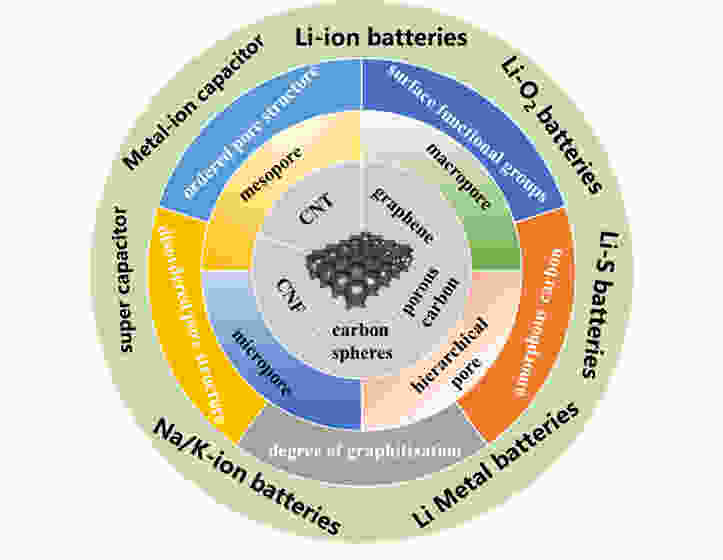
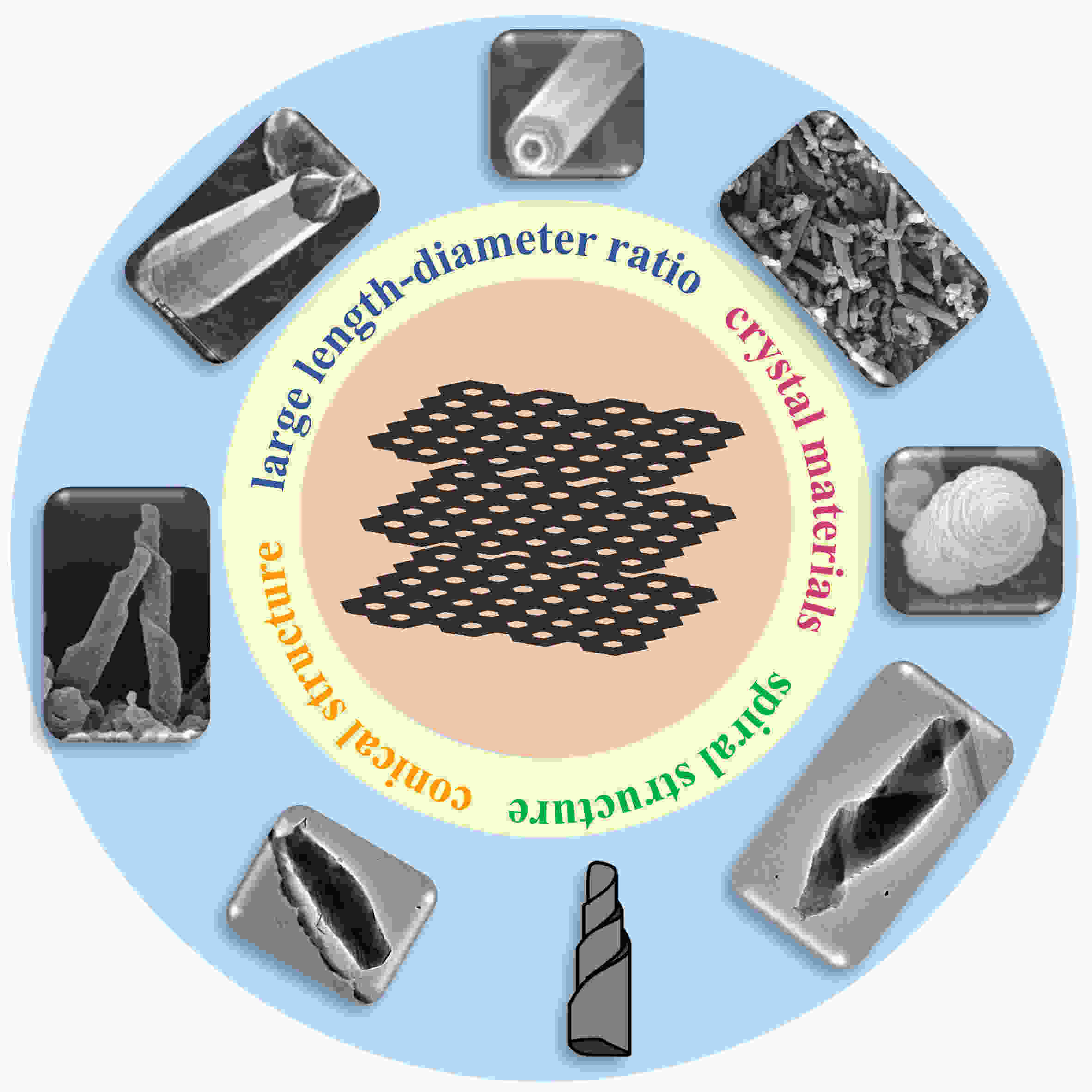
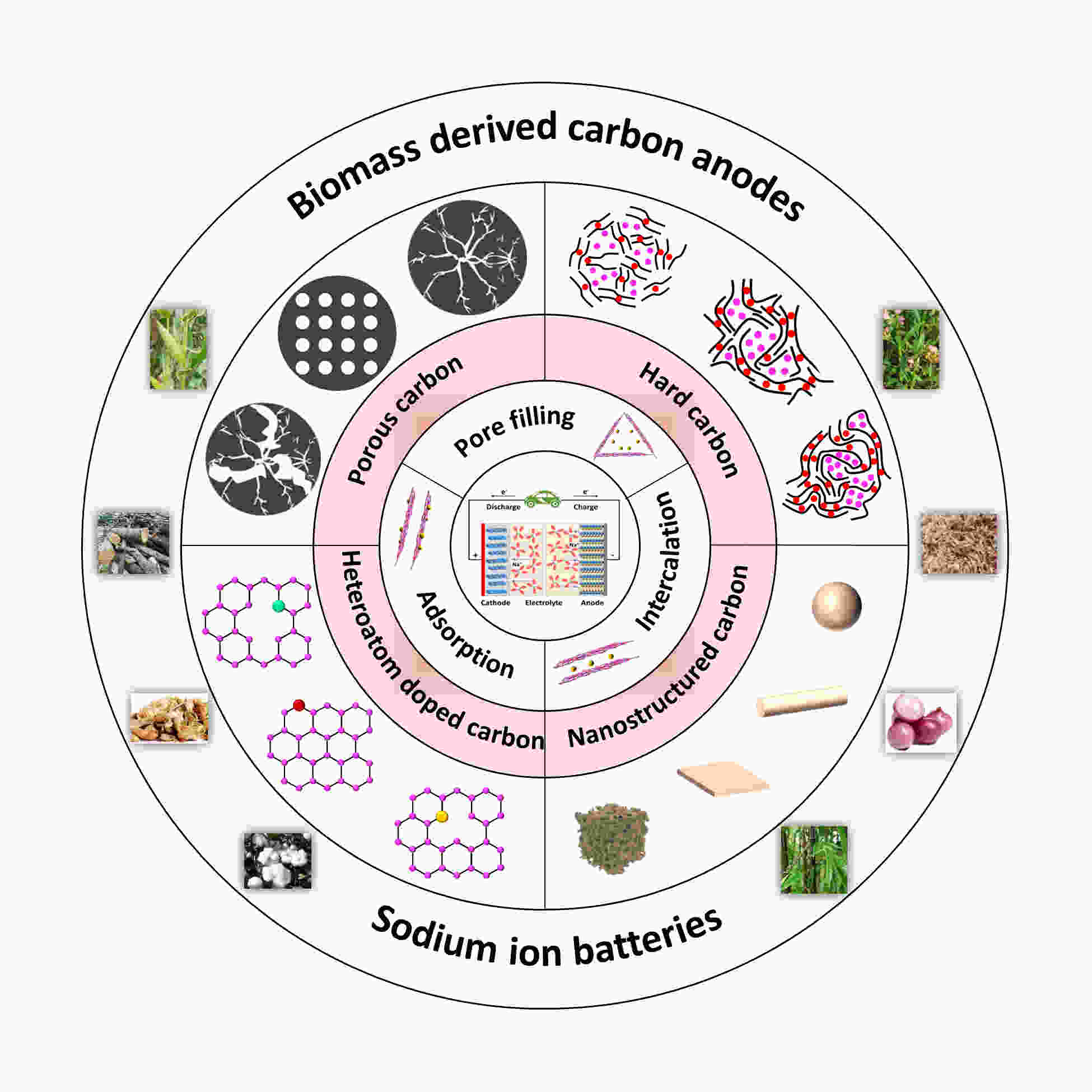

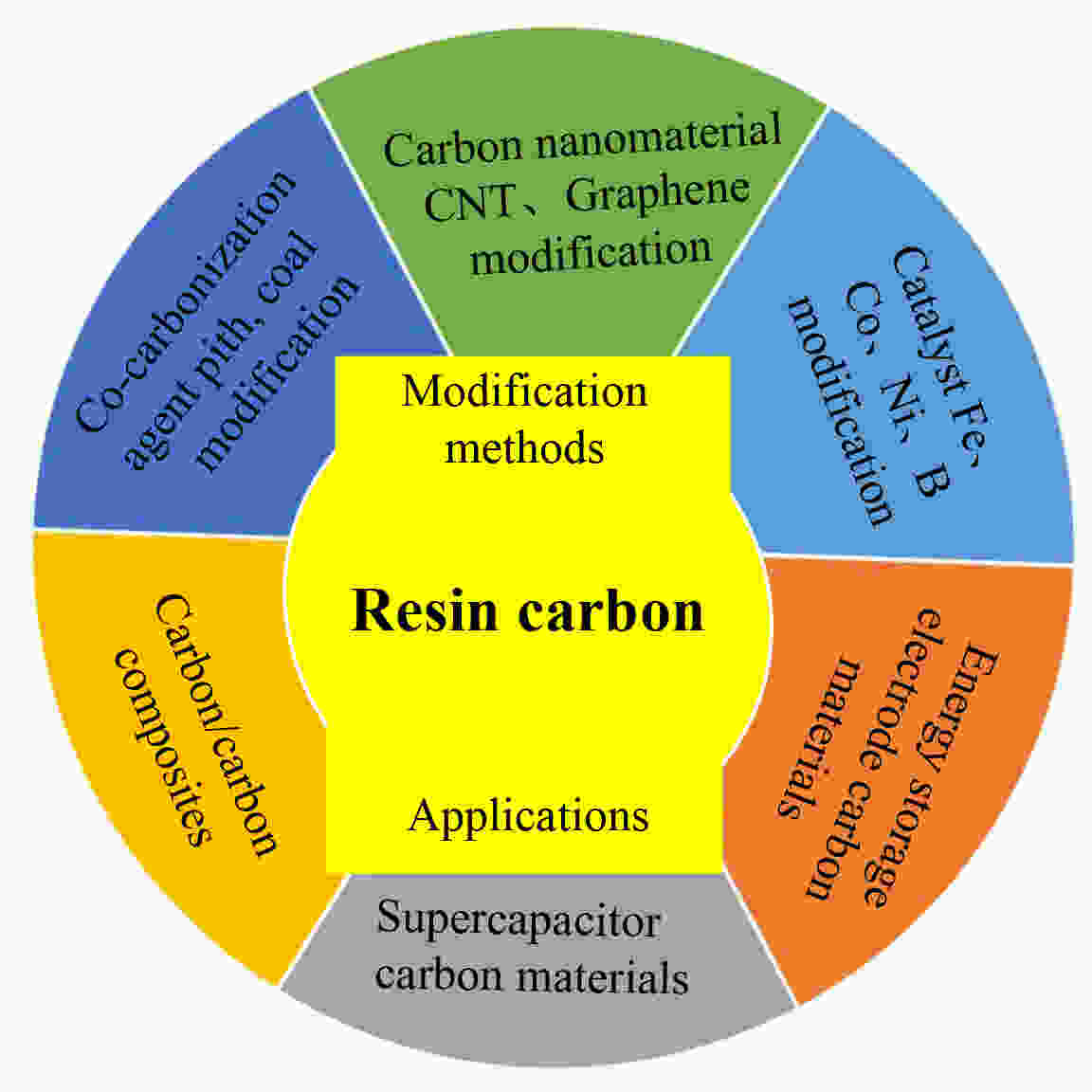
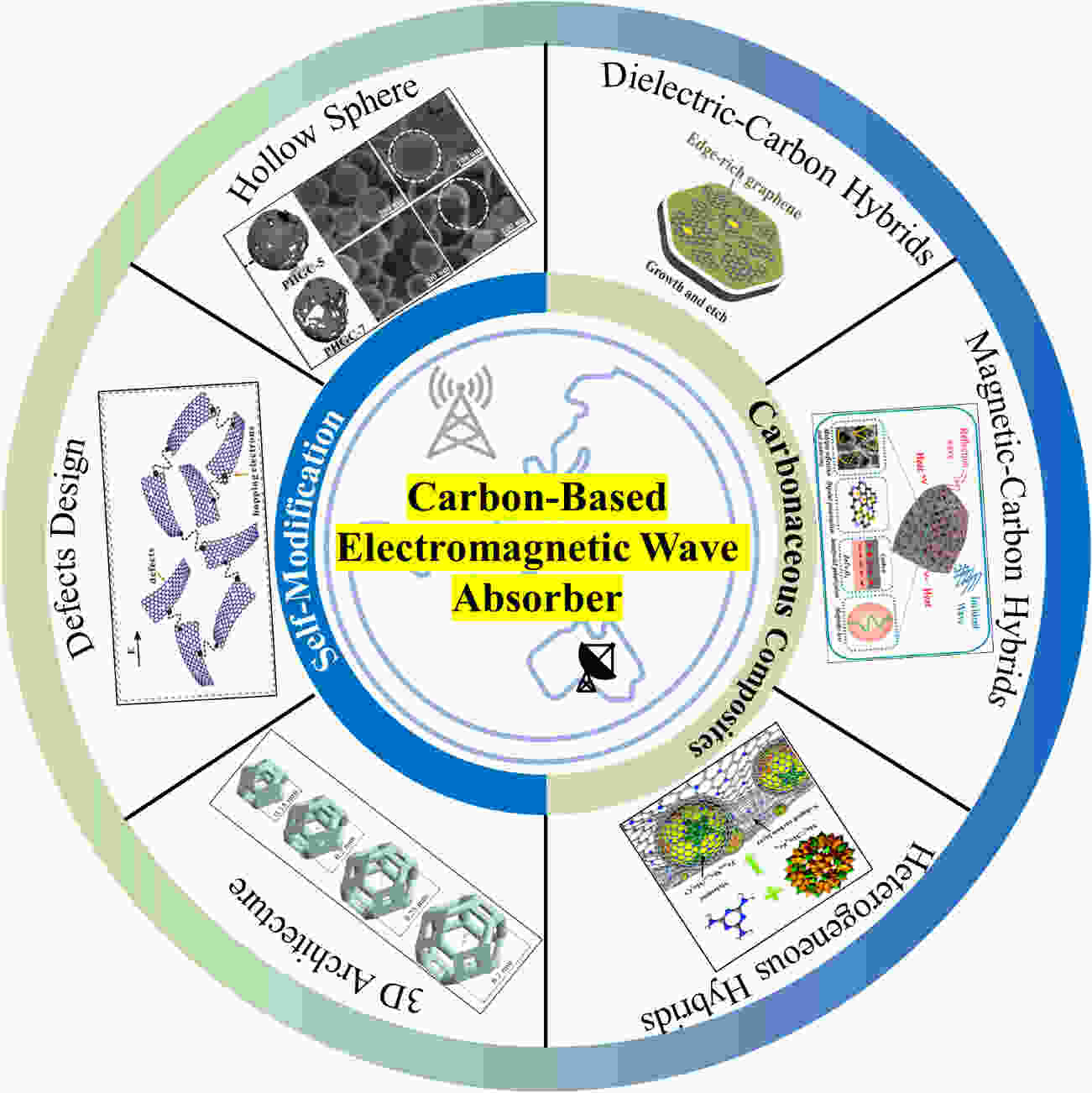
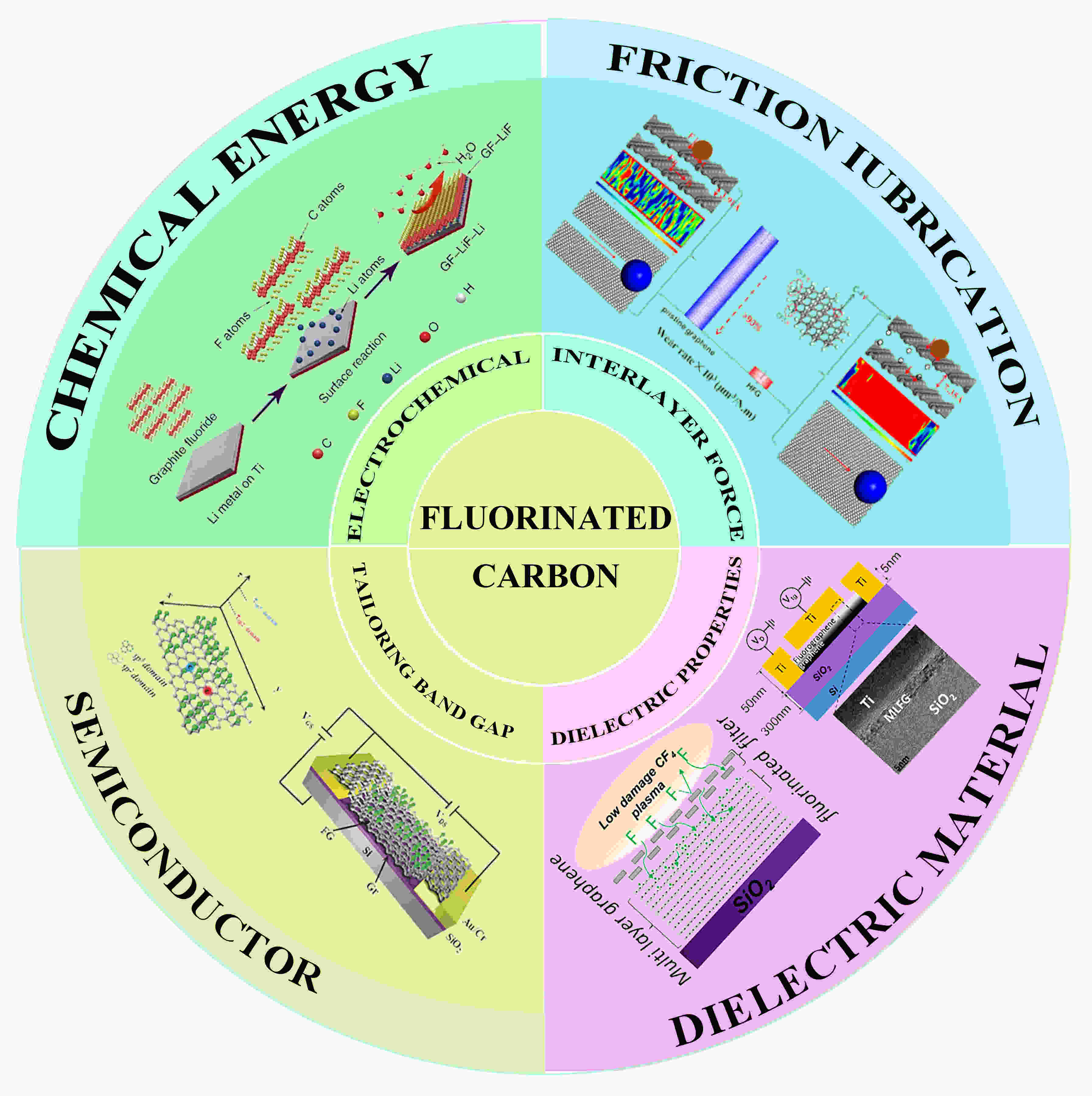


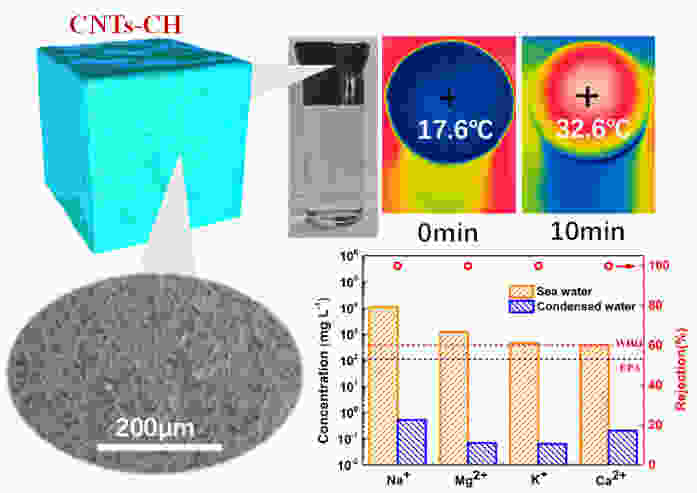
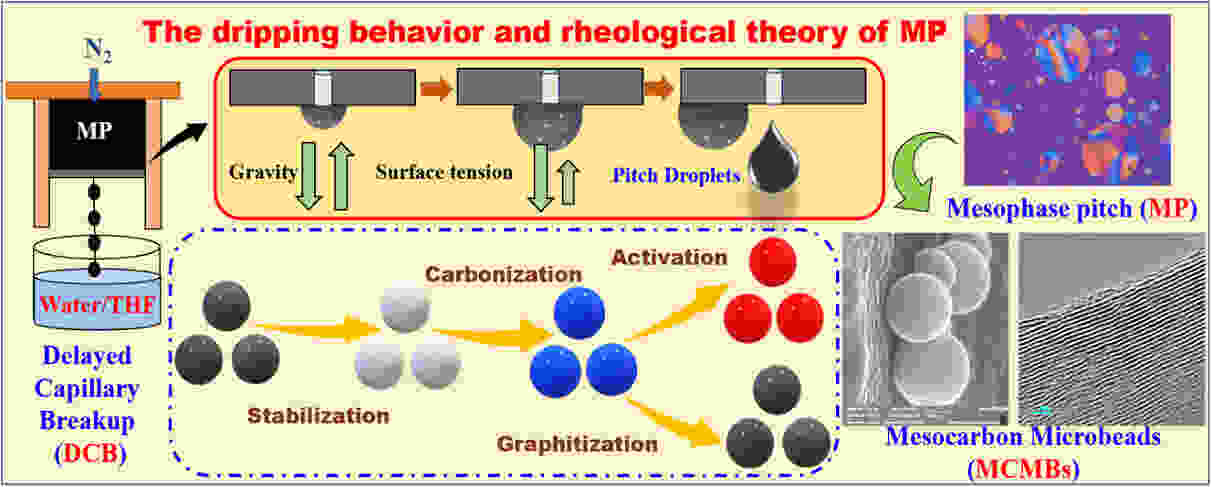
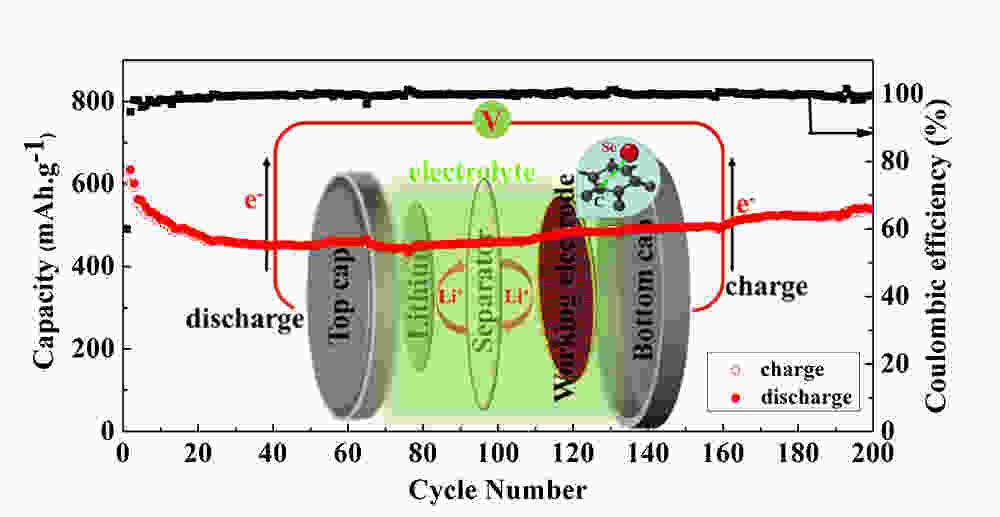

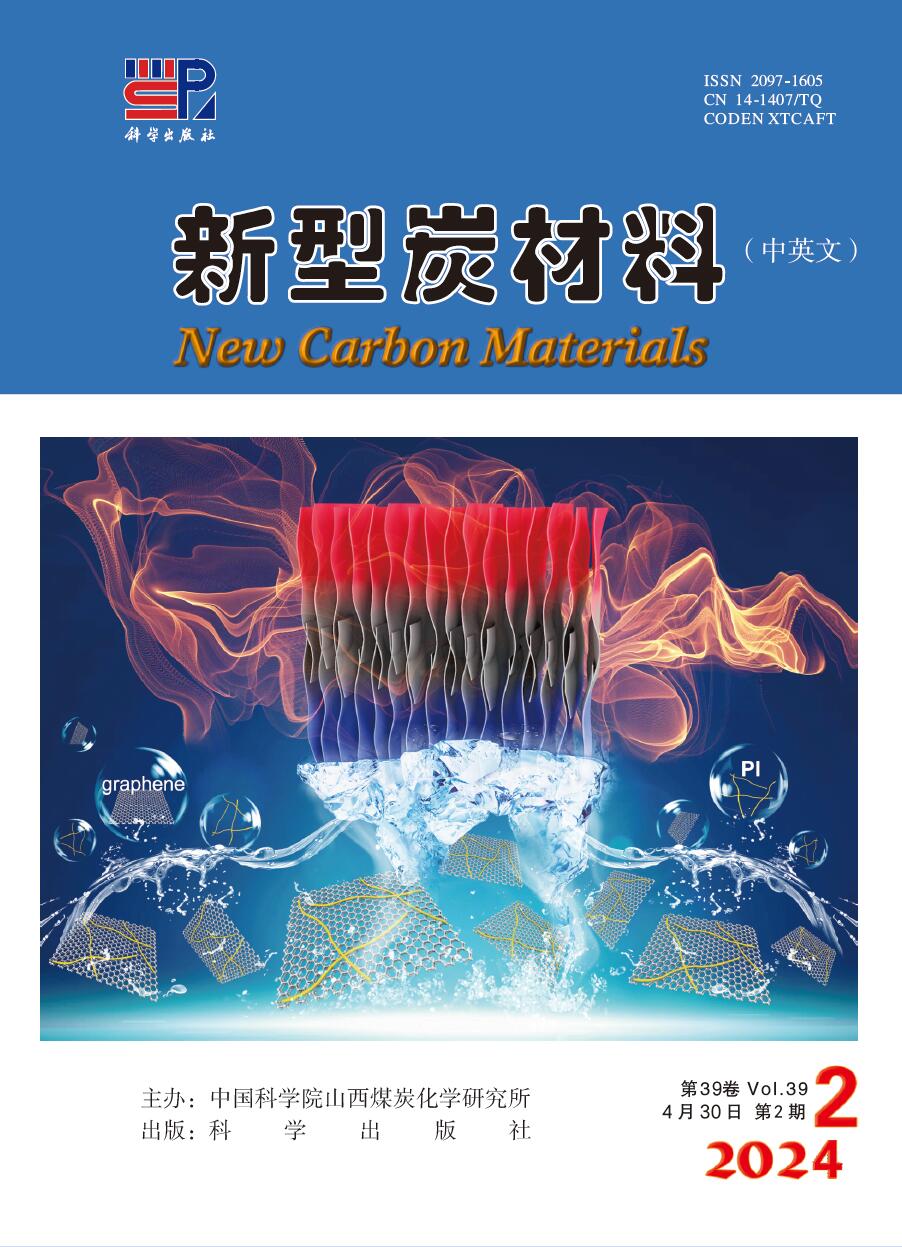

 Classified Collection
Classified Collection

 Email alert
Email alert RSS
RSS Download
Download Links
Links

